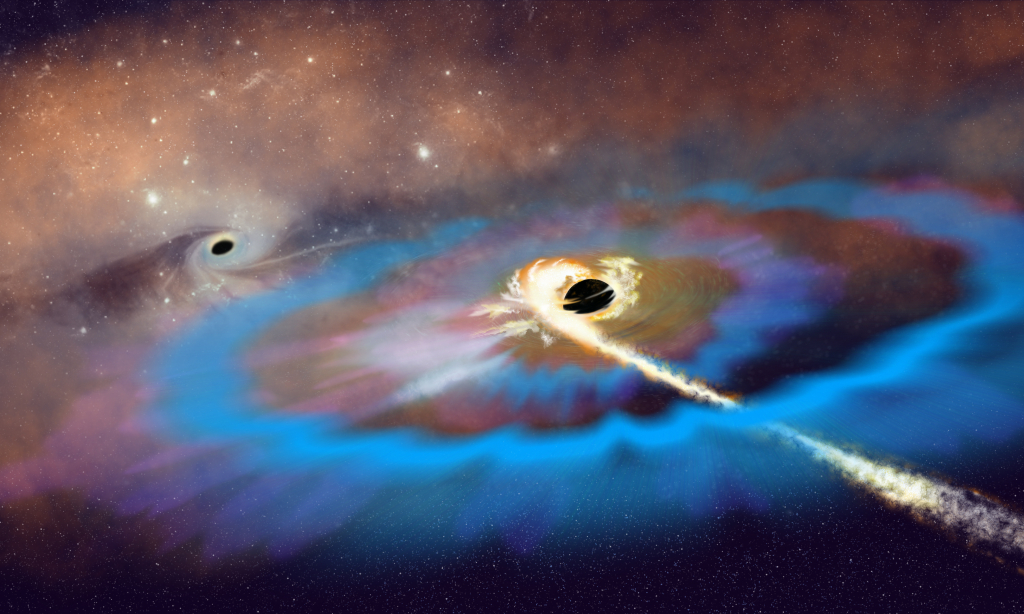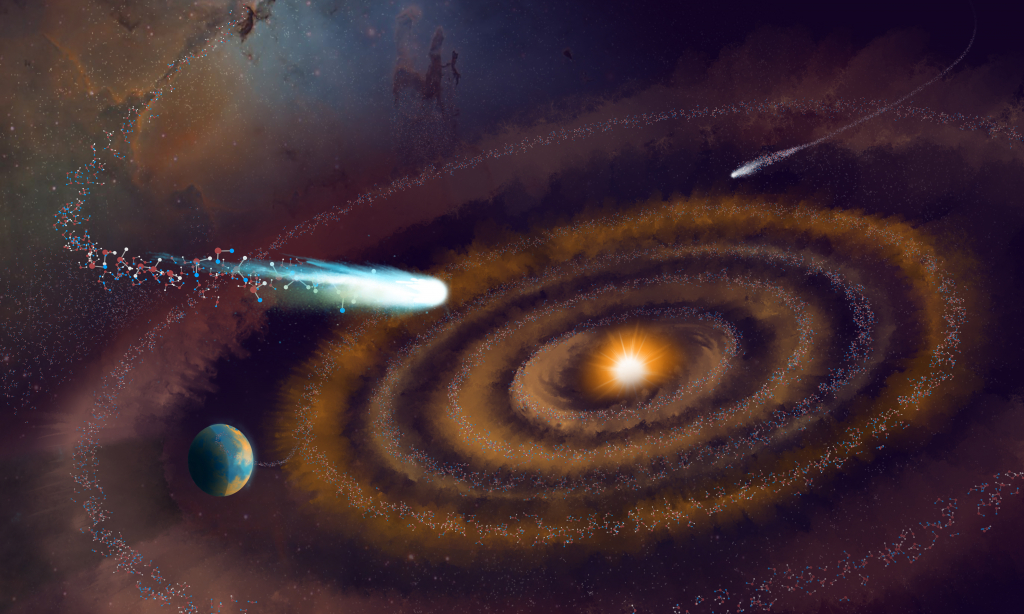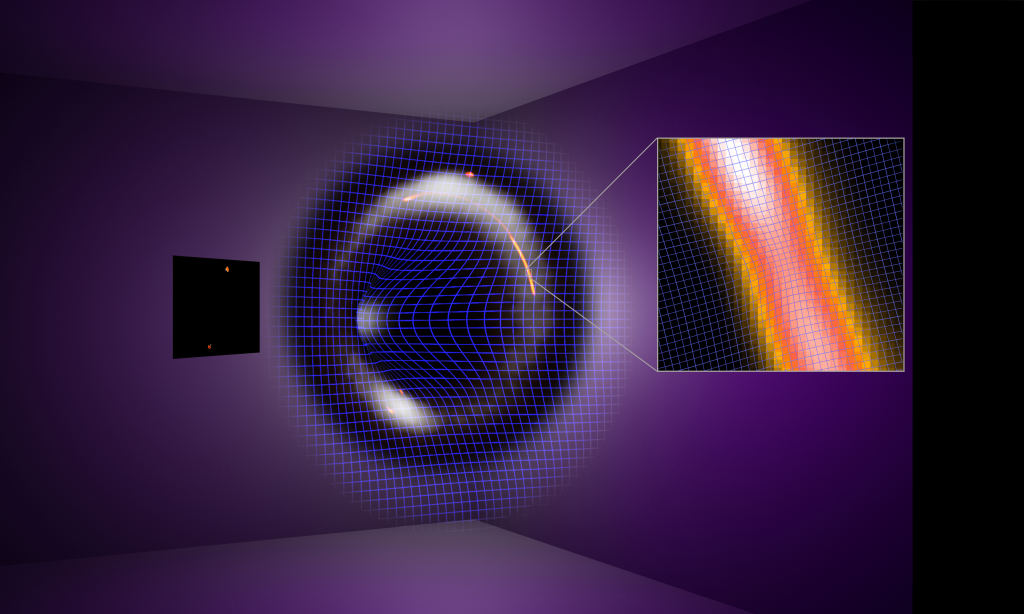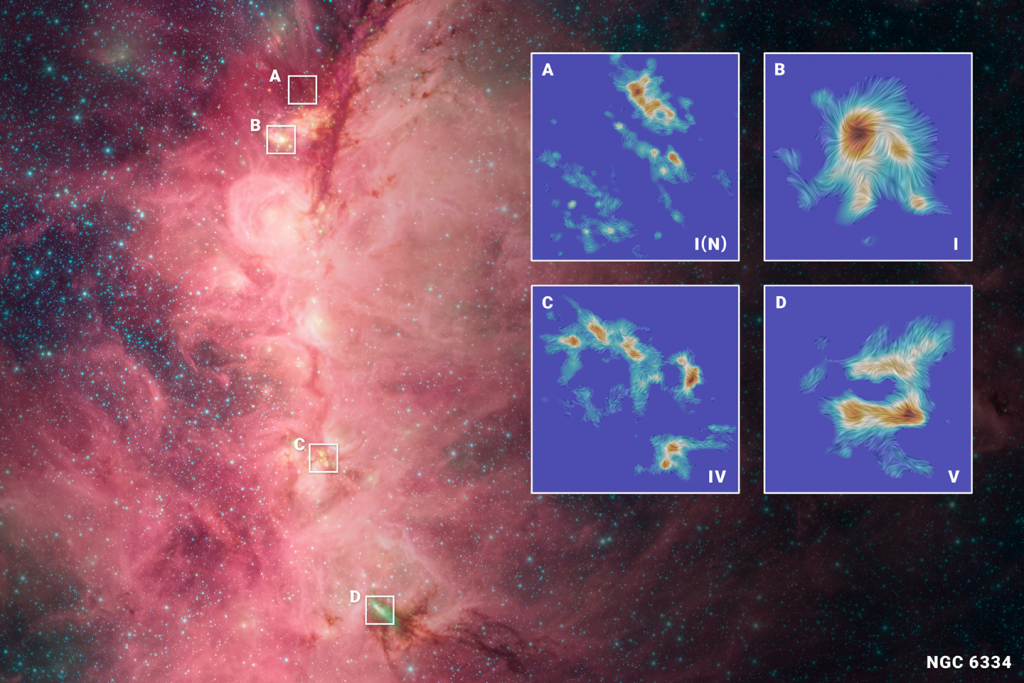An international team of astronomers has discovered the first radio-bright tidal disruption event (TDE) occurring outside a galaxy’s center using the U.S. National Science Foundation National Radio Astronomy Observatory (NSF NRAO) Very Large Array (NSF VLA) and Atacama Large Millimeter/submillimeter Array (ALMA), along with several partner telescopes.




